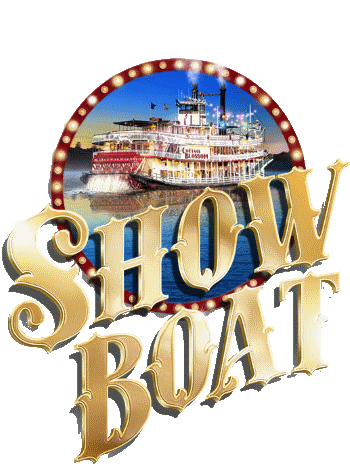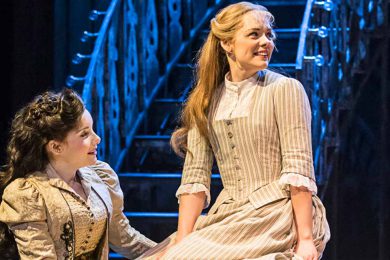
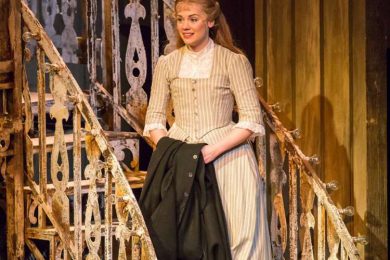
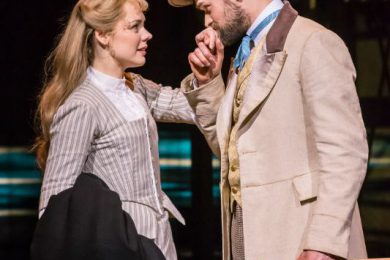

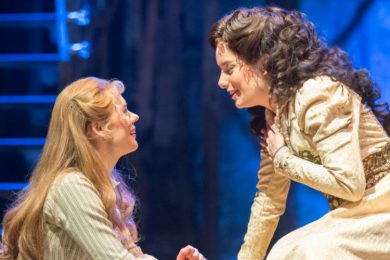
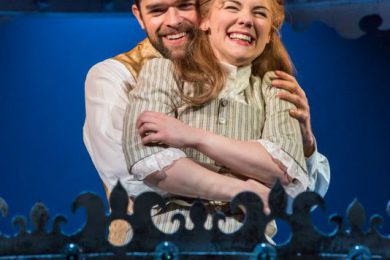

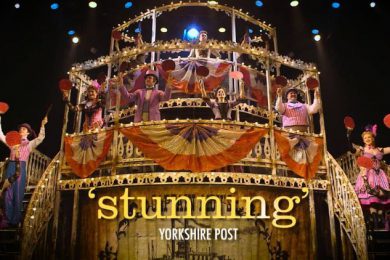
Written in 1926, Show Boat was the second novel written by Edna Ferber, an American novelist short story writer and playwright. The novel became a best seller and was made into a much celebrated musical in 1927. Ferber’s first novel was the Pulitzer Prize-winning So Big (1924) and her other work includes Cimarron (1929), Giant (1952) and Ice Palace (1958), all made into films shortly after publication with Cimarron winning an Oscar.
Ferber’s novels usually feature strong female protagonists with diverse supporting characters, at least one of whom faces ethnic or other discrimination. The musical is written in two acts with music by Jerome Kern and book and lyrics by Oscar Hammerstein II.

The Musical Theatre Can Uplift The Human Spirit
Since the early twenties the musical theatres have been simply called, musicals. There are several types of musicals: Opera, Operetta, Oratorio, Book musical, Revue, Concept, Jukebox and Rock/Pop. Each one has its charm so that they can satisfy every preference even the most capricious one. Also the genre of musical can be romantic, comedy or drama. Here are several of the most famous musicals that can’t be missed: “Cats”, The Book of Mormon”, “Allegro”, “Godspell” and more. Whether or not you consider yourself a romantic person, February 14th can bring out a lot of emotions. Check out these creative valentines gift ideas, combining them with a nice musical, you will create an unforgettable experience to your partner.

What Do The Critics Say

Many critics view Show Boat as a stereotypical commentary that portrays black people as negative and one-dimensional images or as inferior, ignoring the experience and pain caused by four centuries of attempted genocide and exploitation. Others see the production as a strong statement against racism, which they say is the point of the original novel by Jewish author Edna Ferber.

In contrast, others see the depictions of racism in Show Boat not as stereotyping blacks but as satire of common attitudes that held and reinforced the stereotypes through discrimination. The New Yorker theatre critic John Lahr wrote after one show
“The production is meticulous in honouring the influence of black culture not just in the making of the nation’s wealth but, through music, in the making of its modern spirit.“

Whichever standpoint is taken, most agree that productions of the show should continue, serving as a history lesson of American race relations still relevant today and because throughout the 45-year period depicted in the musical there were lynchings, imprisonment, and forced labour of black people in the US. If this causes palms to sweat, then communication can happen and lessons be learned.
The author Edna Ferber idealised America despite her own experience of anti-Semitism and sexism. Her novels, including Show Boat, were myths in which strong women and downtrodden men of any race prevail and in which characters are assimilated and accepted, quite in contrast to Ferber’s own experience of being denied both throughout her own life.

COTTON BLOSSOM
Over the time period that Show Boat is set, it was common for people to travel miles to see performances on the real Cotton Blossom ship moored on the Mississippi River which was busy with trade and traders and riverside towns prospered. Life revolved around the Mississippi with strict rules for morality and behaviour, though these were based on false concepts of economic and racial superiority.
Nowadays people are organizing weddings and wedding anniversary celebrations on board of this beautiful river ship.
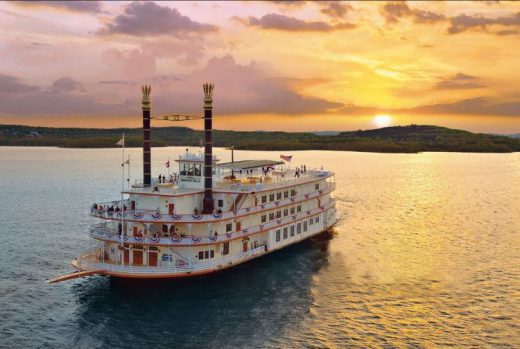

HISTORY
Show Boat was a new art form in American musical theatre in 1927, in that it used songs to further the plot in a cohesive drama with strong characters rather than just a series of dance and song numbers.
London Productions
1928: The original London West End production of Show Boat opened at the Theatre Royal, Drury Lane in 1928. The cast included Paul Robeson as Joe, Edith Day as Magnolia, Cedric Hardwicke as Capt. Andy and Alberta Hunter as Queenie.
Notable revivals include:
1971: This West End production at the Adelphi Theatre ran for an extraordinarily long run of 909 performances.
Revival Broadway productions
1932: Show Boat was revived by Ziegfeld at the Casino Theatre with most of the original cast, but with Dennis King as Ravenal and Paul Robeson as Joe, who was described by a New York Times critic as having ‘a touch of genius’.
1946: At the Ziegfeld Theatre, Jerome Kern and Oscar Hammerstein II produced a major new Broadway revival
